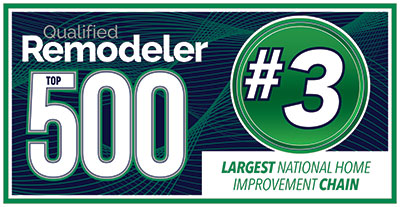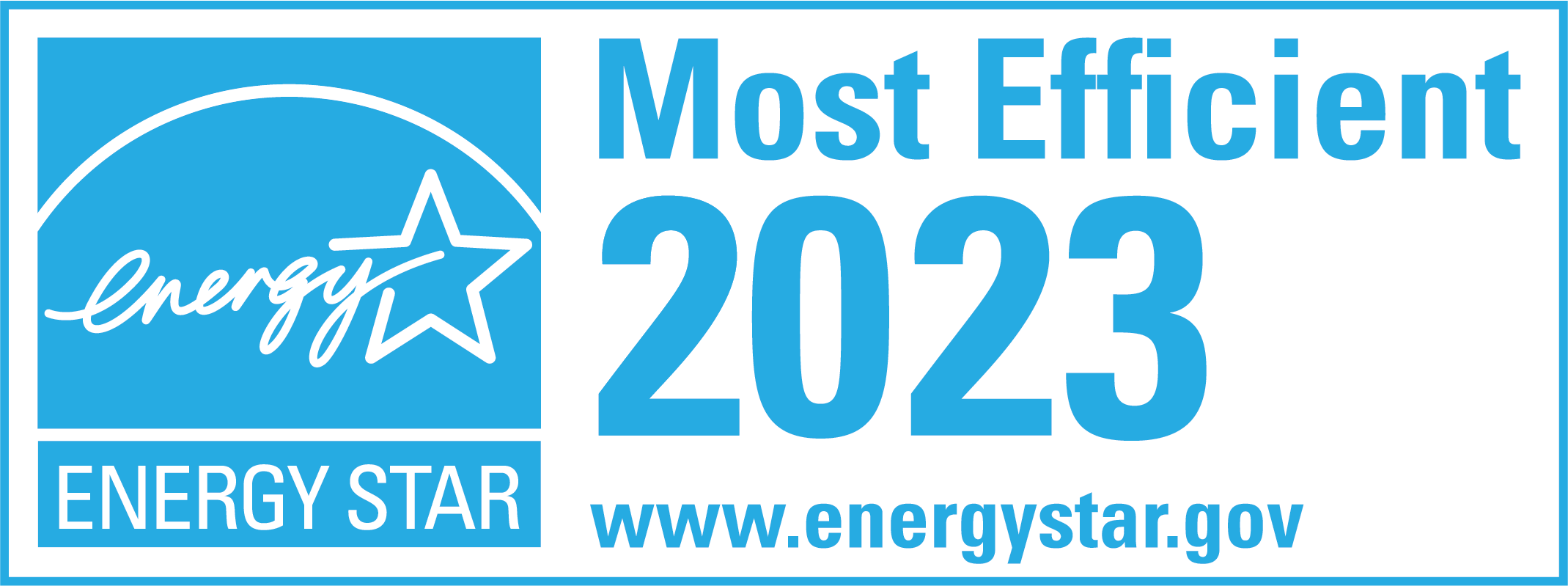What Is A Casement Window and How Much Are They?
Are you looking to spruce up your home with new replacement windows? A casement window is an excellent choice for adding both value and beauty. It offers plenty of natural light, protection from the elements, and energy efficiency. Whether you plan on replacing all or just some of your windows, learning about casement windows will help you make the best decision for your budget and needs.
We’re here to help you budget and plan your replacement window project at Window Depot of Dallas. Please keep reading to learn more about:
- Types of casement windows
- Pros and cons
- Pricing
- Configurations
What is a casement window?
A casement window is a type of window that opens by swinging on hinges attached to one side of the frame. The hinges are located on the sides of the window, allowing the window to open like a door, either to the left or right. Casement windows are often used for easy operation, improved ventilation, and increased natural light.
What are French casement windows?
French Casement windows offer the perfect blend of traditional styling with today’s advanced performance features. Built to open outward from the center, the attractive casement window frames feature no center vertical post obstructing your view. Its French door-style crank allows easy ventilation and is an ingenious space-saving option. For custom designs, french casement windows are also available in round top shapes that bring a unique and elegant touch to any home setting. Installing French casement windows ensures superior energy efficiency and excellent security features, making it an ideal choice for all homeowners.
What is a fixed casement window?
Fixed windows are picture windows. They do not open but have the frame profile and outward appearance of a casement window. They’re typically used when you want a picture window next to an operating casement window. Having the same profile as a casement window makes the exterior sight lines look uniform and carefully curated.
The different profiles would stand out if you used a standard picture window next to a casement.
Benefits of casement windows
Casement windows are the most efficient operable windows. Most manufacturers equip casement windows with weatherstripping around all four sides, creating a vacuum-like seal when closed. This tight seal keeps air infiltration numbers low and enhances the energy efficiency of the windows.
Downsides to casement windows
Casement windows may have size restrictions due to the weight of the glass. Within a casement window, the hardware needs to support the weight of the glass during operation, so you can’t build windows in this style compared to a picture window.
Casement windows are typically more expensive than other options. They are more costly because they require additional parts and pieces not found on other windows. Extra weatherstripping, arm extension hardware, frame lock, and full internal screen add to the total cost.
Casement vs slider windows
Casement and sliding windows have different characteristics and features that can impact aesthetics, cost, value, and curb appeal.
- Aesthetics: Casement windows are known for their classic and elegant look, often complementing traditional or historical home styles. They have larger glass panes and open outward like a door using a crank mechanism, offering unobstructed views and abundant natural light. On the other hand, sliding windows have a more modern and minimalist aesthetic. They operate by sliding horizontally on a track, providing a clean and straightforward look favored by contemporary home designs.
- Cost: In terms of price, sliding windows are less expensive than casement windows. Sliding windows have a simpler design and fewer moving parts, lowering manufacturing and installation costs. However, the cost can vary depending on window size, quality, and material specification. It is worth noting that the material chosen for the windows can significantly impact the overall cost.
- Curb Appeal: Both casement windows and sliding windows can contribute positively to your home’s curb appeal, but they have different visual effects. Casement windows, with their larger glass panes and elegant design, can create a more striking and traditional appearance, enhancing the architectural character of a home. With their clean lines and modern aesthetics, sliding windows can provide a sleek and contemporary look that appeals to specific architectural styles. Ultimately, the choice between casement and sliding windows for curb appeal depends on the architectural style and personal preferences.
Casement vs double-hung windows
Casement and double-hung windows have distinct characteristics affecting aesthetics, cost, energy efficiency, and curb appeal.
- Aesthetics: Both casement and double-hung windows can contribute to the aesthetics of your home. Casement windows can be configured to have a sleek modern look or designed with colonial grids to achieve a traditional appearance. Double-hung windows have a more conventional and timeless appearance, often associated with historic or classic architectural styles.
- Cost: In terms of price, double-hung windows are generally more affordable compared to casement windows. Casement windows typically involve more complex hardware mechanisms, such as cranks, hinges, and sealing mechanisms, which can contribute to higher manufacturing and installation costs. On the other hand, double-hung windows have a simpler design with fewer moving parts, resulting in a lower price point.
- Energy Efficiency: Casement windows and double-hung windows offer energy efficiency benefits, but casement windows tend to be more energy-efficient. Casement windows create a tight seal when closed, minimizing air leakage and potential drafts. This airtight seal can contribute to improved energy efficiency. Double-hung windows, while also capable of providing energy efficiency benefits, may have slightly more air leakage due to the vertical sashes and meeting rails. However, advancements in window technology and installation techniques can help improve the energy efficiency of both window types.
How much do casement windows cost?
Our casement windows start at $849 and increase based on color, grids, and other decorative or energy-efficiency selections.
Handing
Knowing the correct handing of your casement window can ensure it operates as intended. It’s easy to identify from the inside –look for where the lock is placed; if it’s on the left, you need a left-handed unit, and vice versa.
Configurations
Double casement windows

Double refers to two windows side-by-side. If both open, we typically build them where the windows swing opposite of one another rather than two that open the same way. It’s also pervasive for a casement window to be paired next to a fixed one.
Triple casement windows

Triple casement windows refer to a three-window configuration, complete with casements and probably picture windows. Using casement picture windows, you could build them with one, two, or three operators’ side-by-side.
We see a lot of triple casement window options with operable casement windows on each end and a fixed casement window in the middle.
In closing
Casement windows are an excellent choice for many homeowners, but ensuring they are the right fit for your home and budget is essential. With so many window types on the market, working with a knowledgeable replacement window company is the best way to ensure you get the perfect windows for your needs. If you’re in the Dallas-Fort Worth area, we would love to help you choose the right windows for your home. Call us at 214-399-9592 or fill out our online form to schedule a free window consultation today.






